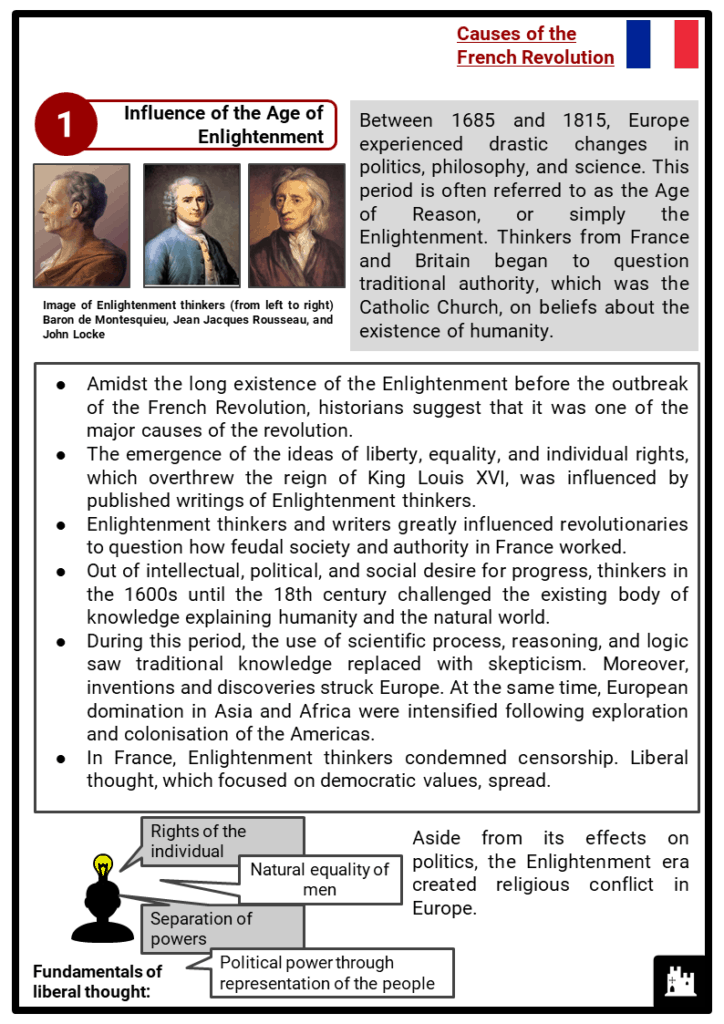

The Allies took the opportunity presented by the French effort in the Middle East to regain territories lost from the First Coalition.

The War of the Second Coalition began in 1798 with the French invasion of Egypt, headed by Napoleon. With French forces marching towards Vienna, the Austrians sued for peace and agreed to the Treaty of Campo Formio, ending the First Coalition against the Republic. In less than a year, French armies under Napoleon decimated the Habsburg forces and evicted them from the Italian peninsula, winning almost every battle and capturing 150,000 prisoners. A hitherto unknown general named Napoleon Bonaparte began his first campaign in Italy in April 1796. The French also put Spain and Prussia out of the war with the Peace of Basel. By 1795, the French had captured the Austrian Netherlands and the Dutch Republic. In 1794, the situation improved dramatically for the French as huge victories at Fleurus against the Austrians and at the Black Mountain against the Spanish signaled the start of a new stage in the wars. The French suffered additional defeats in the remainder of the year and these difficult times allowed the Jacobins to rise to power and impose the Reign of Terror to unify the nation.
CAUSES OF THE FRENCH REVOLUTIONARY CALENDAR SERIES
A series of victories by the new French armies abruptly ended with defeat at Neerwinden in the spring of 1793. This victory emboldened the National Convention to abolish the monarchy. After Austria refused to recall its troops from the French border and to back down on the perceived threat of using force, France declared war on Austria and Prussia in the spring of 1792 both countries responded with a coordinated invasion that was eventually turned back at the Battle of Valmy in September. Austria stationed significant troops on its French border and together with Prussia, issued the Declaration of Pillnitz, which threatened severe consequences should anything happen to King Louis XVI and Queen Marie-Antoinette. French success in these conflicts ensured the spread of revolutionary principles over much of Europe.Īs early as 1791, the other monarchies of Europe looked with outrage at the revolution and its upheavals and they considered whether they should intervene, either in support of King Louis XVI, to prevent the spread of revolution, or to take advantage of the chaos in France. After a decade of constant warfare and aggressive diplomacy, France had conquered territories in the Italian Peninsula, the Low Countries and the Rhineland in Europe and abandoned Louisiana in North America. Initially confined to Europe, the fighting gradually assumed a global dimension. They are divided in two periods: the War of the First Coalition (1792–97) and the War of the Second Coalition (1798–1802). They pitted France against Great Britain, Austria, the Holy Roman Empire, Prussia, Russia, and several other monarchies. The French Revolutionary Wars ( French: Guerres de la Révolution française) were a series of sweeping military conflicts lasting from 1792 until 1802 and resulting from the French Revolution. Establishment of the pro-French Batavian, Helvetian, Italian, and Ligurian Republicsĭenmark–Norway ( Action of ) and ( Battle of Copenhagen) Ģ7,000 allied soldiers killed or wounded Ĥ5,000 killed, wounded or captured (10.000 killed).France annexes Piedmont and all the lands west of the Rhine.Fall of the Kingdom of France and establishment of the French Republic.Europe, Egypt, Middle East, Atlantic Ocean, Caribbean, Indian Ocean, Indian Subcontinent


 0 kommentar(er)
0 kommentar(er)
